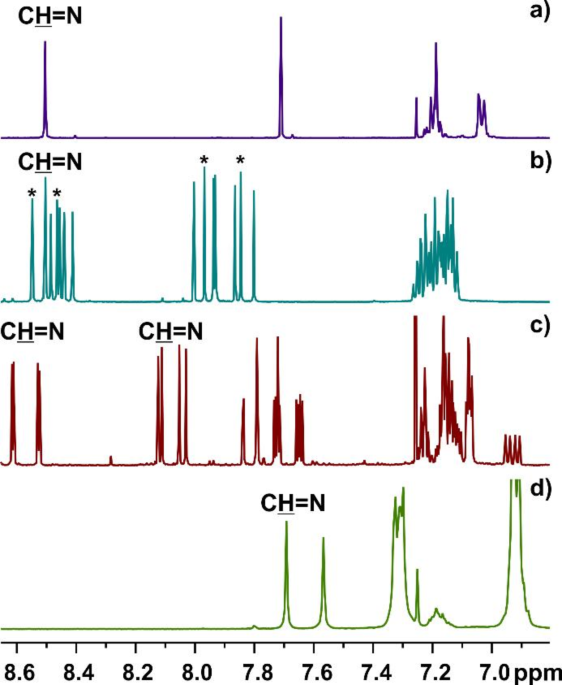- Select a language for the TTS:
- UK English Female
- UK English Male
- US English Female
- US English Male
- Australian Female
- Australian Male
- Language selected: (auto detect) - EN
Play all audios:
The relationship between ionomer structure and surface resistivity (ρs) was studied for Na, K, Cs, Mg, and Zn ionomers prepared from poly(ethylene-co-methacrylic acid) (EMAA) and
poly(ethylene-co-acrylic acid) (EAA). The study revealed that only ionomers highly neutralized with alkali metal cations exhibit anti-electrostaticity and the origin of ionic conduction was
assumed to result from the transfer of water-coordinated metal cations. The method of mixing high- and low-acid ionomers was found to be effective in reducing the magnitude of moisture
absorption while maintaining the anti-electrostaticity. Blends of a potassium ionomer with a wide variety of thermoplastics were also prepared to evaluate the possibility of using ethylene
ionomers as anti-electrostatic additives. Interestingly, the effect of the potassium ionomer upon ρs of the blends differed by the type of the thermoplastics, suggesting that how the ionomer
phase distributes over the blends may be influenced by local interactions between ionomer and polymer matrix phases.
Anyone you share the following link with will be able to read this content:










